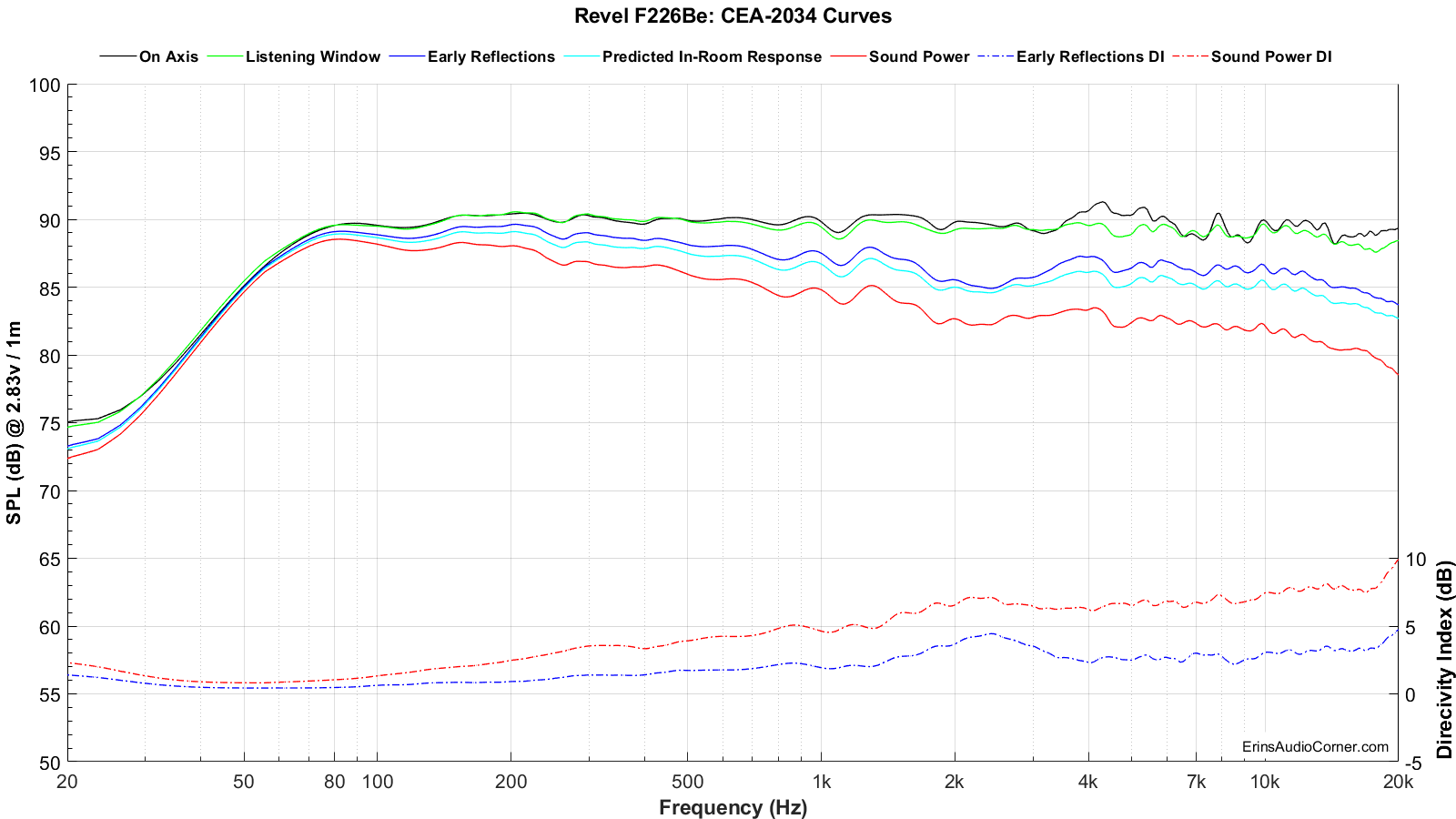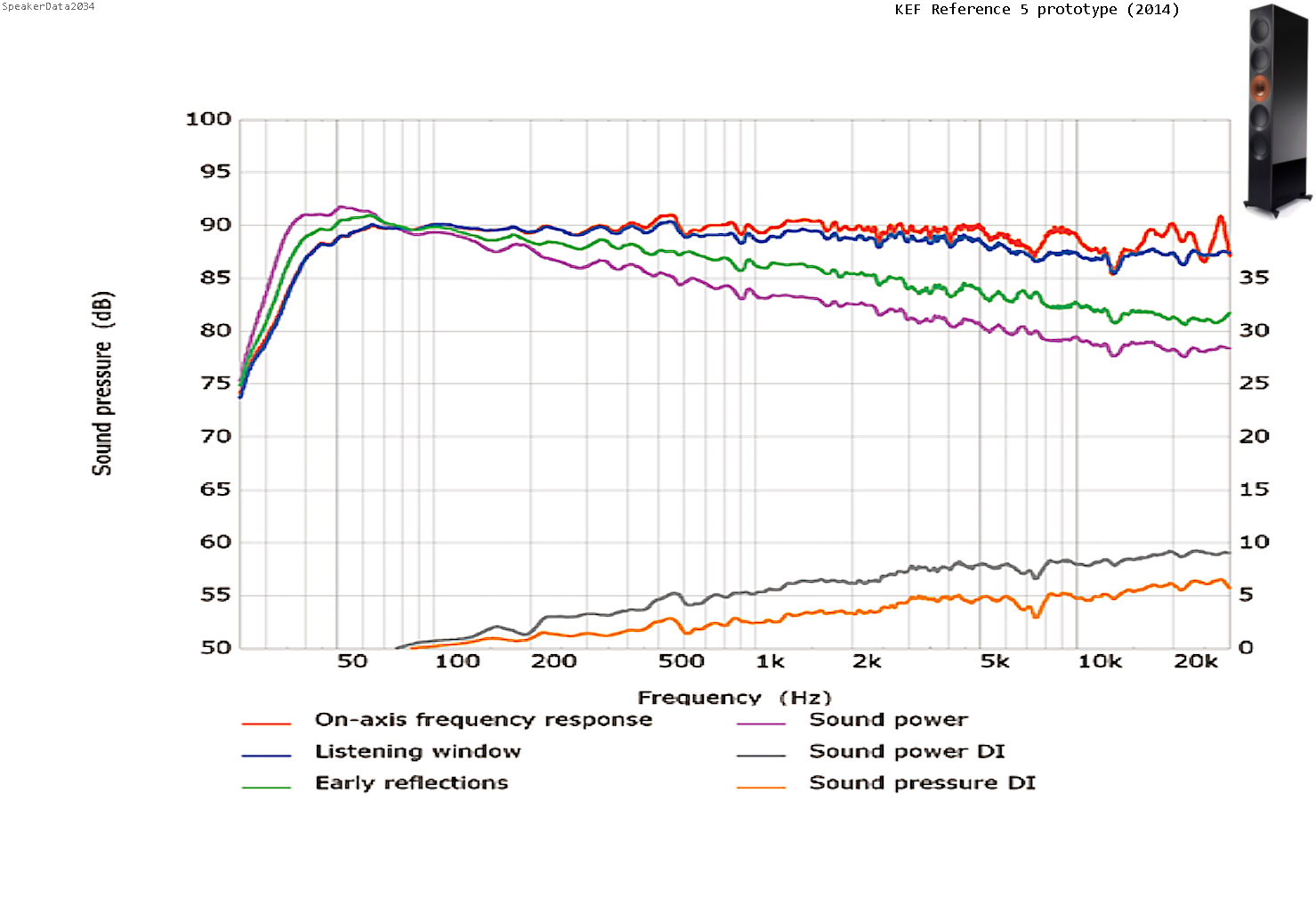- Joined
- Sep 8, 2021
- Messages
- 25
- Likes
- 32
I have a pair of non-meta KEF R11s. Before buying them, I noticed that professional reviewers generally gave them very positive reviews, while owners posting on audiophile forums tended to be underwhelmed. I first paired the speakers with the Benchmark AHB2 amp and had the same reaction as the owners - they seemed a bit flat and disappointing. When I swapped in JBL Studio 590s which I had recently bought used, I (and others listening with me) preferred the more dynamic JBLs. When I swapped the Benchmark amp for the Buckeye NC252MP, I thought that it significantly improved the R11's sound. So my non-double blind non-volume matched "experiment" has left me wondering - why do so many owners seem underwhelmed by the R11s and why did the Buckeye amp seem to improve the sound over the Benchmark (assuming it's not all in by head)? Is it an impedance matching issue? Does it need a huge number of watts to come alive? Do they need to be bi-amped to sound their best (I haven't tried this yet)? Do they need a sub and a high pass filter to sound their best? Anyway, interested in your thoughts, thanks.



